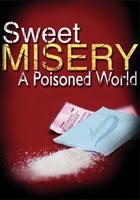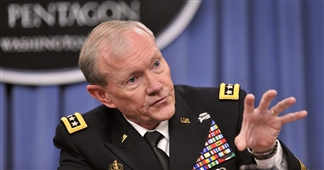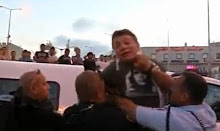The Examiner
For the first time in the history of the agency, the U.S. Department of Justice (DOJ) has launched an ad campaign featuring a sitting attorney general speaking to Americans about the need to protect endangered children.
For the first time in the history of the agency, the U.S. Department of Justice (DOJ) has launched an ad campaign featuring a sitting attorney general speaking to Americans about the need to protect endangered children.
This reporter saw the ad for the first time last evening.
The series of ads comes at a curious time in American politics. The U.S. presidential election is less than three months away. The DOJ is under intense fire due to the Fast and Furious scandal. The Office of the Inspector General (OIG) of the DOJ issued his first draft report on Fast and Furious this week, and leaks from DOJ indicate that already the report has created a flurry of activity as officials scurry about attempting damage control.
DOJ officials have one month to pour over the OIG report, providing their feedback, prior to its release to Congress, the media, and the public.
Yet as if to get a head start and gain the upper hand in the court of public opinion, Holder launches a massive ad campaign touting the agency's work and focusing on the need to "protect the children."
No one would argue that vulnerable children do not need to be protected. But why is this suddenly the focus of an ad campaign during an election year? Is there some reason that now is the time to step up such efforts? Are there statistics showing that suddenly, out of the blue, multimillions more children are now in harm's way within, say, the last six months?
In all likelihood, children are in no more danger now than they have been at any other time during the Obama presidency.
The thing that has changed, however, is the president's likelihood of being reelected. National opinion polls are skewed toward Democrats and are thus unreliable. Americans in the heartland and in the small towns and cities that dot the landscape all across the nation know in their hearts that this president has failed to deliver on his promises. He did not, as he promised, lower unemployment below 8 percent. He did not, as he promised, fix the economy. He did not, as he promised, make sure that the elderly will be secured in the national safety net for decades to come. Instead, he robbed the Medicare program of nearly 800 billion dollars in order to fund ObamaCare, placing the Medicare program in a highly vulnerable position going forward.
In addition, the president faces a Republican ticket that headed out of Tampa in a very strong position. Mitt Romney and Paul Ryan did what they had to do to define themselves and their positions on the issues. Nothing at the Republican Convention gave the impression that this team is not ready on day one to begin to clean up the mess that Obama has made worse.
Thus, the only explanation for the DOJ ads is that they are part of the Obama reelection campaign without identifying themselves as such. And the taxpayers are footing the bill.
ALERT!
A new entry in my regular series Musings After Midnight is now posted at my blog, The Liberty Sphere. It's titled "With All of THIS Going On, It's Enough to Make a Normal Person Become a Conspiracy Theorist." Don't miss it!











































